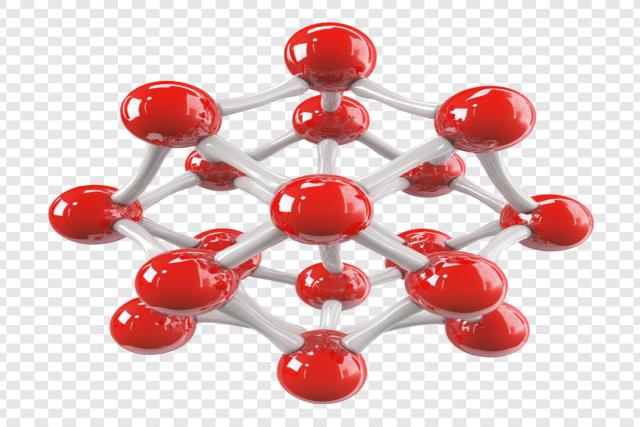
Phosphorus pentachloride (PCl₅) has gained much attention in the electronics industry lately, particularly for semiconductor fabrication. Companies like Samsung Electronics have been looking at the usage of phosphorus pentachloride in the production of high-performance semiconductor materials. PCl₅ plays a critical role in synthesizing phosphorus-containing compounds for etching and doping semiconductor devices.
One of the greatest achievements in this industry is the use of PCl₅ in the manufacture of advanced memory chips and microprocessors. As gadgets become smaller and more complex, the need for ultra-pure chemicals such as PCl₅ has grown. Companies involved in the semiconductor manufacturing business have focused on improving production processes of PCl₅ to ensure it meets high standards.
Asia Pacific is the largest consumer of phosphorus pentachloride globally. The Asia Pacific market for phosphorus pentachloride is expected to grow rapidly on account of the fast-growing chemical industry within the region and the growing demand for dyes and pharmaceuticals. China is the largest producer and exporter of dyes across the globe. There are many Chinese companies that manufacture phosphorus pentachloride.
According coherent market insights, the market of phosphorus pentachloride industry in India was valued at US$ 144 billion in 2015, and is expected to reach US$ 403 billion in 2025.
The expansion of the agrochemical sector is a major contributor to the growth of the phosphorus pentachloride market. Fertilizers, herbicides, and pesticides-all integral parts of modern agriculture designed to ward off pests and increase crop yields-are all made from this chemical compound.
The phosphorus pentachloride industry faces major regulatory challenges because of stringent safety standards and environmental legislation. Laws are strictly enforced.
The sector for phosphorus pentachloride has strong regulatory challenges in the form of strict safety standards and environmental legislation. Many countries have rigid regulations that limit the production and use of dangerous chemicals and compounds to mitigate threats to the environment and public health. Substitutes are thus threatening to create problems for the market in phosphorus pentachloride.
One of the top negative consequences attributing to the slow growth of the phosphorus pentachloride market worldwide is the hazards associated with the chemical, which reacts with water to produce phosphoric and hydrochloride acid and also generates heat to trigger combustion to combustible substances.






